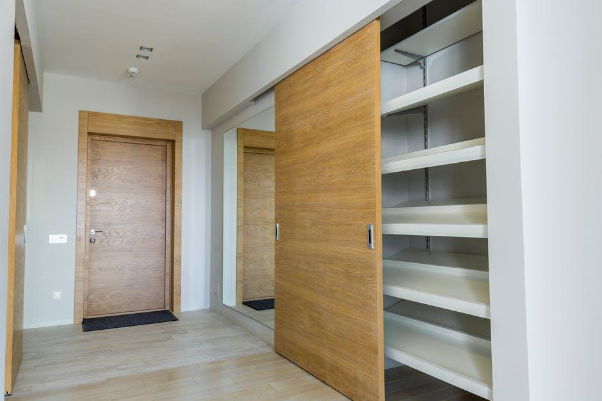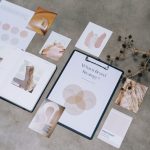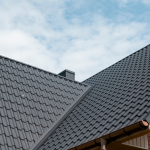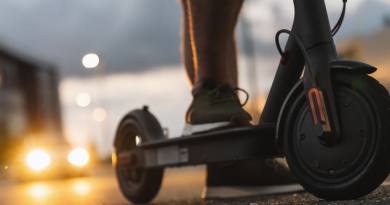An Informative Guide to Retail Store Design
Picture a store you love to shop at. It’s easy to come up with something. Many businesses rely on great storefronts, from small boutiques to fast fashion shops.
With online shopping still rising, external storefronts are vital for many businesses’ growth. A consumer can step into an exciting shop, take a selfie for Instagram, and influence others to do the same. This is why good retail store design can make or break a business.
The goal is to create an experience with customers from the moment they first see your storefront. Understanding what factors give an inviting atmosphere and create flow in the store layout is key.
Want to dive deeper? Here’s a start for creating effective storefronts.
Understanding the Demographic of Customers
Understanding the demographic of customers is key to successful retail store design. Customer data can help retailers identify target customer needs and desired shopping experiences.
If a business knows a lot about its target customers and how they act, it can make a retail store the most fun and interesting place to shop. This is while meeting the needs of customers.
By following these steps, retailers can better understand their customer demographic. It’s best to design a shop that satisfies customer needs and desires. It ensures customer satisfaction and increases customer loyalty.
Evaluating the Layout of Your Retail Store
Create an efficient and aesthetically pleasing floor plan. Choose one that sets your store apart from the competition.
Consider factors such as the size of your space, the type of merchandise you sell, and customer flow. Evaluate these aspects. It will help you develop a layout that maximizes the potential of your retail store.
Remember, the ultimate goal is to create a layout that attracts customers. It should also provide a seamless and enjoyable experience for customers.
Regularly assess and adjust your store’s layout based on customer feedback and behavior. Ensure that it remains optimized for success.
Here are some key points to keep in mind:
Foot Traffic and Sight Lines
Study the foot traffic patterns within your store. Observe how customers interact with products.
This knowledge will help you determine strategic placements for high-traffic areas. You can then optimize sight lines to draw customers’ attention to specific products or sections!
Uniform Areas
Aim for a cohesive and organized approach when designing your retail store’s layout. Create defined areas for different product categories or departments.
This uniformity will help customers navigate the store easily. It will also be more efficient. Ensure that you enhance their overall shopping experience at all times!
Employee and Customer Appeal
Consider the perspectives of both your employees and customers when designing the store layout. Ensure that the structure supports employee efficiency. Provide them with functional workspaces and easy access to products.
At the same time, focus on creating an appealing atmosphere for customers. One that aligns with your brand and merchandise would be best. Ensure that they always feel comfortable and engaged when entering your store.
Optimizing Your Store’s Flow
Optimizing your store’s flow is key to ensuring a smooth shopping experience. This can be done with the help of good store plans and signs, as well as flow pattern layouts.
Take advantage of natural cues and pathways. For example, place higher-cost items at the back of the store. You can also draw attention to impulse-buy items near the checkout counter.
Your store should be designed to ensure that customers keep coming back. Keep shelves stocked and rearrange the store layout regularly to create a new experience.
Use strategic color and lighting. If people can move around your store quickly and easily, they will likely stay longer, buy more, and come back often.
Creating an Engaging Environment
Enhancing customer experience should be your top priority. Every aspect of your store’s design should reflect this goal.
When selecting visual elements, consider how they contribute to the overall ambiance. Does it have an impact on customers’ emotions and perceptions?
For instance, choosing warm and inviting colors can create a pleasant and welcoming atmosphere. On the other hand, strategic use of space and layout can influence customer flow and engagement.
In addition to these visual elements, sensory experiences can further enhance the environment. Consider incorporating a commercial scent diffuser found here, for example. Infuse your store with a delightful fragrance that complements your brand and merchandise.
Scents have a powerful impact on emotions too. It can create a memorable and immersive experience for customers. It can evoke positive associations with your store.
Combine thoughtful interior design choices with sensory elements. Create a cohesive and engaging environment in your retail store. Remember that the ultimate goal is to create a space that aligns with your brand identity and enhances the overall customer experience.
Exploring Lighting Solutions For Your Store
Lighting is critical when creating an inviting atmosphere in a retail store. Explore retail lighting ideas to attract customers and create a memorable experience.
Determine the natural resources available. That includes natural light available from windows, skylights, or light tubes.
Consider fixtures that are decorative and accentuate the desired style. Once the fixtures are installed, manipulate the angles of the beams. It helps create more depth and adds layers of light for different areas.
Try using a mix of general, accent, and task lighting. Different lighting solutions can give your customers an eye-catching experience. Plan carefully for an effective way to attract shoppers’ attention and boost sales.
Incorporating Interactive Displays
One way to improve customer experience is to use interactive screens. It can help guide customers to products and provide directions and product information. It is also a good way to visualize merchandise better and make purchasing decisions.
There are several types of interactive displays. They can range from touchscreens to projection systems.
Consider product location, visibility, maintenance, and security when incorporating interactive displays. It’s a great way to increase customer engagement and boost sales. However, it doesn’t create barriers or detract from the store design.
Retail Store Design You Should Consider!
Overall, retail store design is a powerful tool to make or break the success of your business. It allows your to create a pleasant experience with your customers. It is a great way to engage with them and encourage traction.
With the right guidance and planning, your retail store can stand out from your competitors. So what are you waiting for? Get started on creating your unique, welcoming store design today!
For more informative topics, check out the rest of our blog.











